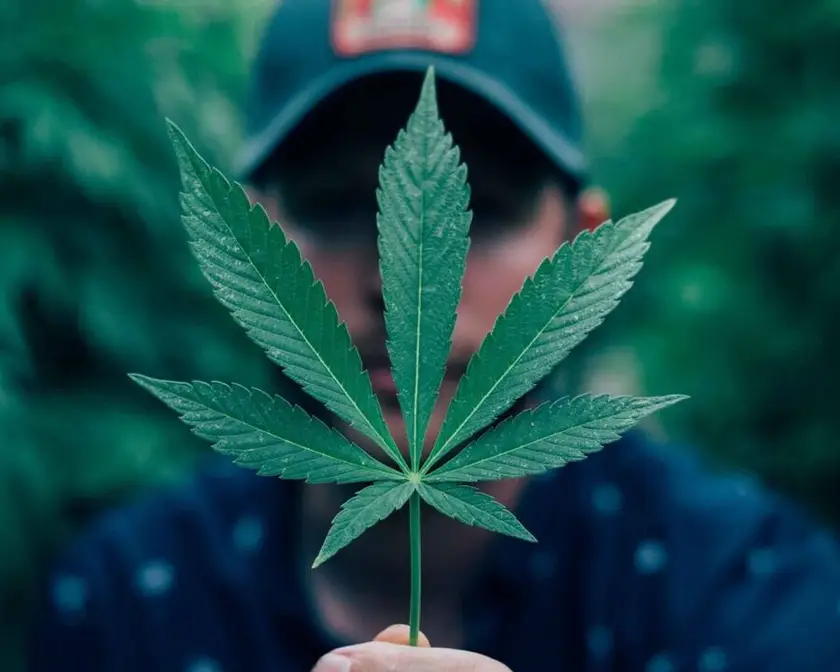
Every marijuana user is familiar with the famous marijuana leaf. It was used by cultures throughout history in the past, long before modern times as symbol of peace and wisdom. For instance it is said that the Egyptian goddess Seshat is called “she of the seven points” and is obviously a reference to Weed Leaf.
As with all plant species, cannabis is a unique plant with distinct leaf shape. But, it’s easy to recognize due to the variety of blades. The leaves of the pot have an unique hand-like shape. To find out more concerning cannabis leaves take a look at the various uses and varieties of leaves available.
What are the primary kinds that marijuana leaves come in?
Although there are many kinds of Weed Leaf, they usually have the similar pattern. Some species of weed have leaves of 9 or 13 but they aren’t seen frequently. The leaves are typically 3 5-, 7, or 7-bladed and even-numbered leaves are extremely uncommon.
There are three major kinds of cannabis, you will find three major types of cannabis leaf varieties. Cannabis leaves are quite distinct between different varieties and, therefore, are easy to differentiate. The majority of difficulties in identifying cannabis through its leaves are encountered when hybrids are cultivated, as they possess characteristics from both parents.
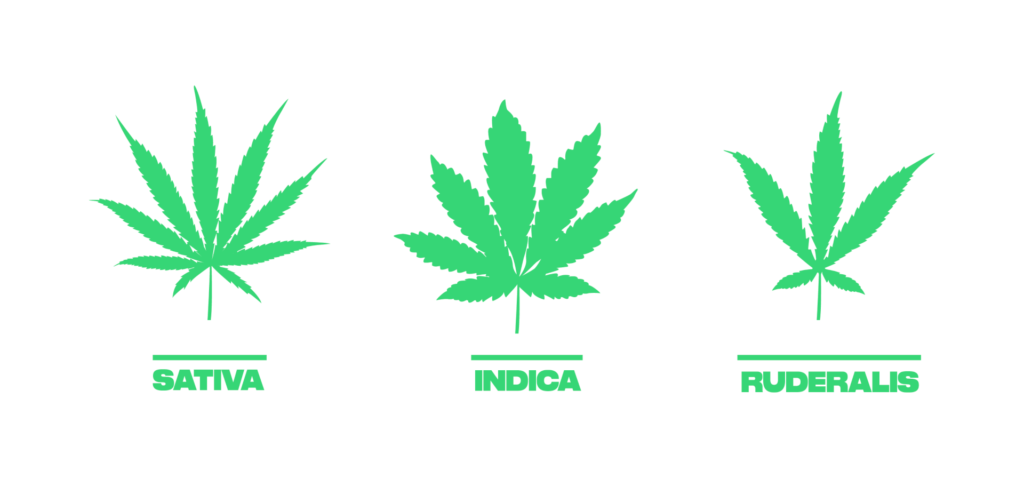
Leaf of Sativa
The leaves of marijuana from the Sativa strain usually contain upwards of 13 blades. Like other varieties it’s rare to see leaves with blades that have even numbers. There’s a little legend that claims finding the odd-numbered leaf of a weed is luck.
The leaves of cannabis Sativa are long and slim with sharp edges. The leaves are usually rather sparse, allowing for excellent airflow. Sativa plants are usually tall, with some reaching 7 feet in some cases.
Based on the variety you’re growing, sativa marijuana leaves can vary from bright green to a dark forest green. Their buds exhibit similar characteristics typically lighter-colored and airy. Don’t be fooled by their delicate appearance. you. They’re extremely sturdy plants that have powerful kick.
Female and male cannabis plants share a common growth and leaf structure. The main difference can be seen after six weeks. Females produce tiny hair-like pre-flowers around the joint of the sativa leaves but males don’t.
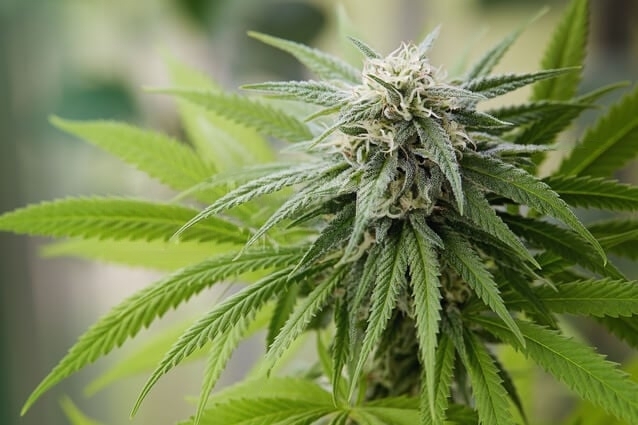
Sativa Dominant Plant in Flowering Stage
Indica leaf
Cannabis indica is akin to sativa’s in overall structure, and has sharp borders. Indica leaves are 5-7 or 9-bladed. Very few cultivars with more than 13 blades. Crossbreeds or hybrids usually are characterized by mixed traits, which can lead to interesting varieties.
Indica plants are a very insect-resistant variety, but they are also they are easy targets for fungi and mildew. Their tough, thick leaves are tough for insects to consume, however their dense foliar structure can block moisture. Therefore, growers must be able to provide additional ventilation for indica cultivars in both greenhouse and indoor settings.
Instead of being tall and slim Indica weed leaves tend to be shorter and larger. The foliage of indica is also more dense than Sativa and can make them more prone to mold. Ideally, growers should cut some of the leaves in the middle away to improve the flow of air.
The hue the color indica leaf is more dark than those of the sativas. Variable degrees of olive green are common to an indica leaf, and there are the rare exception that are light-colored. In the same way, the buds tend to be more dense and darker than sativa cultivars.
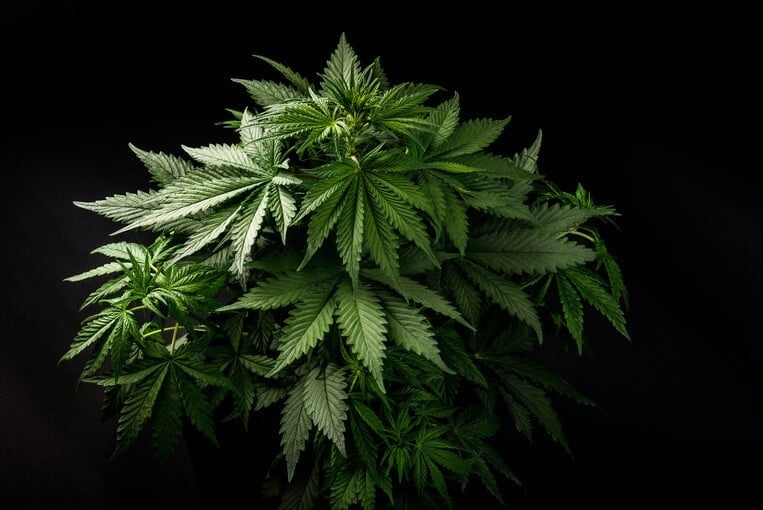
Indica Dominant Marijuana Plant in Veg State
Ruderalis leaf
Ruderalis cannabis leaves can be mistaken for young indica or sativa varieties. The origins of the plants are different the leaves can be light or dark green. The main distinctions appear after around eight weeks.
As with indicas the ruderalis plants do not grow taller, the leaves of ruderalis are also short and large. But, the leaves of the ruderalis weed tend to be less dense as the indica varieties. The color spectrum of their leaves also differs widely, with some cultivars sporting vibrant leaflets that are green.
Sativa and indica have more in common with their production of buds than marijuana leaves. Ruderalis tend to have a fluffy bud however they don’t have more resin than a indica. The majority of the time this is due to their surroundings.
Botanists discuss D.E. Janischevsky’s discovery and the ruderalis cannabis variety until the present. The plants have between 5 and 13 blades for each leaf of the pot, ranging in color from dark to light green. Rederalis principal benefits is that it’s quick-growing and can autoflower.
Growers can utilize ruderalis autoflowering genes in indoor and greenhouse systems to increase yields and effectiveness. Autoflowering means they aren’t dependent on sunlight to change into flowering mode.
The increase in light and food available to a plant of the ruderalis can mean that growers don’t need to worry about pushing their plants back to an inactive stage.
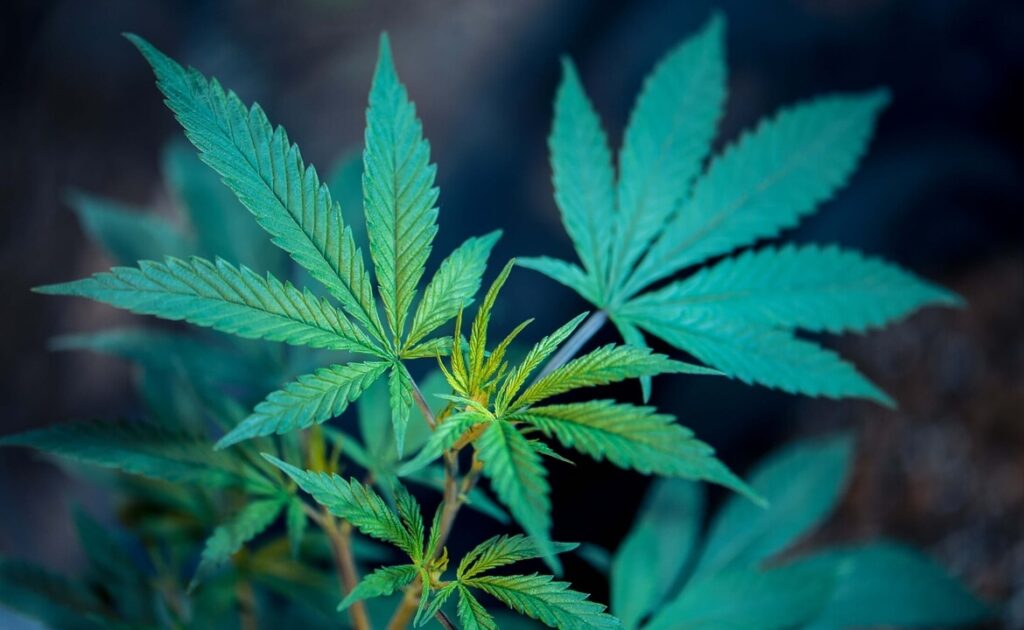
Cannabis Ruderalis Plant
Are there wild weed leaf varieties?
The way to think of it is that ruderalis varieties are wild marijuana-related variants. kinds. However, that doesn’t mean you can’t discover wild marijuana leaf varieties. This is only a sign that you won’t get as many domestic cannabis varieties. The marijuana leaves are identical to other varieties.
Cannabis is actually a plant that’s indigenous in East European and Asian countries. Its natural habitat permits marijuana to flourish and, at times, it can be a problem in agricultural fields. It can reach two or three feet in height in the wild, and is able to bloom for a specific time dependent on the climate. The leaves of wild cannabis vary from 5 to 13 blades.
In contrast to pigs and cows, marijuana isn’t much different from its ancestral roots. Although most popular varieties are hybrids, all have their wild roots evident in the marijuana leaves. It is easy to notice the differences between the wild and domestic marijuana strains when it comes to THC levels.
Many years of breeding the top varieties has enabled cultivators to boost yields and the potency of weeds to levels that are unimaginable. The majority of wild weed leaves are between 2 and 8 percent THC, while their domesticated counterparts can offer 10% to 20 percent. Similar to wild weed, wild weed may provide you with 2 to 3 ounces of buds per plant, whereas the seeds that are feminized can yield as much as 25 grams.
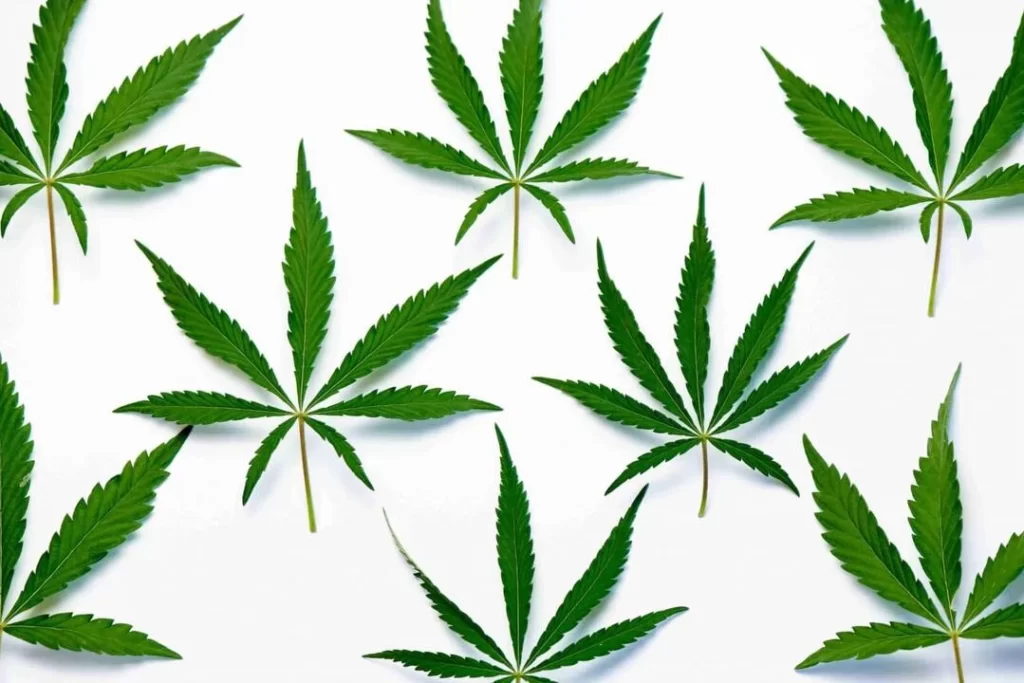
What is the substance that cannabis leaves are composed of?
For the purpose of forming the foundation for everything on earth The weeds and the remainder of the plant are carbon-based creatures. The structure and composition of carbon determine the functions they play and the way they appear. Like all creatures breathing, they eat, and actually, they spit out. In fact, oxygen is a type of the waste released by plants as well as the food we consume.
As with the human body leaves of cannabis have various parts which perform various tasks. For instance leaf blades are adorned with stalks, veins and various internal structures that aid in multiple ways. To fully understand the various components that make up marijuana leaves as well as their functions it is necessary to examine what is the reason they work.
The most crucial component of any Weed Leaf is chlorophyll. It’s the green chemical that is essential to photosynthesis within the plant. Without chlorophyll, plants will be not able to convert sunlight into energy and be killed as a consequence.
The xylem that is found in the leaves of weeds circulates water and nutrients through the plant. The damage to the stalks can cause air bubbles in the xylem, which could cause blockages. If your plants are suffering from compromised the xylem they won’t get the nutrients they require to live.
Chloroplast: At a cellular level, Chloroplasts are responsible for a sufficient amount of photosynthesis. They store and absorb light energy within marijuana leaves.
They convert the stored power into chemical energy mitochondria supply around 90% of cells of the plant’s cells with energy. Without them the cannabis leaves wouldn’t last.
What is the role of the cannabis leaf? accomplish?
The weed’s leaf, just like the rest of the foliage, is accountable for the photosynthesis. If you take all the leaves from a plant it’s likely to end up dying. Cannabis leaves as the lungs, stomach and heart of the plant.
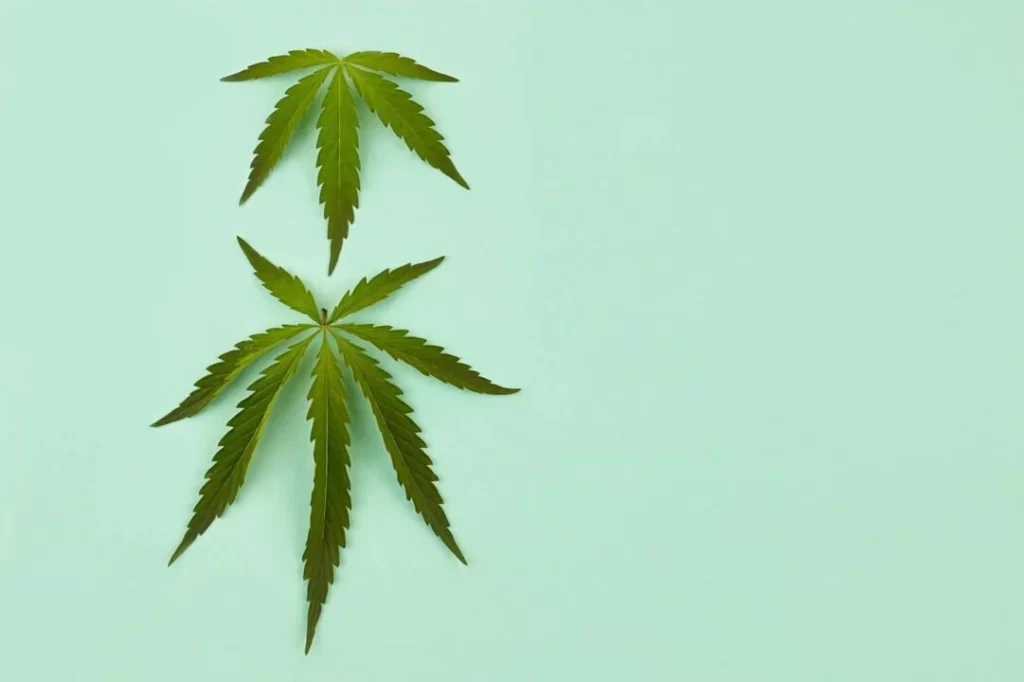
Weed Leaf are available in various sizes, varieties and diverse applications. The chlorophyll inside them permits photosynthesis to occur, so they must be green. Shades of brown or yellow may be signs of the nutrient burn in cannabis or deficiency.
Cotyledons They are buds that develop from the embryonic stage and are the first to emerge when you plant weed. They’re small and do not look like the usual leaves of a pot plant. Cotyledon cannabis leaves curling indicates that you need to take care of any deficiencies in nutrients.
Fans Leaves: These primary marijuana leaves are known as “fan leaves.” They’re huge, bright green and essential in converting sunlight into energy usable. In contrast to Cotyledons which are a bit smaller, you can determine the source from the marijuana plant simply by examining these leaves.
Sugar leaves: It is common to see sugar leaves after female cannabis plants begin to produce colloids. Sugar leaves are light green, tiny and have trichomes that are sticky on their surface. The cultivators usually remove them after they harvest for a more attractive appearance.
Each of them has its own purpose they all contribute to the longevity for your plant, especially when you’re part of the Leafie Club. The large leaves of cannabis are the primary reason for the majority of sun-to-sun conversion, and should not be cut off randomly.
Instead marijuana cultivation experts recommend cutting a maximum of 20 percent of the leaflets. Remaining at 80% of all the leaves improves airflow, but does not affect the efficiency.
10 indicators of sickness that marijuana leaves may reveal
Signs of sickness found in marijuana leaves are useful in identifying the cause of problems. If you didn’t observe any issues with the leaves and you didn’t notice there was an problem. Although you may prefer not to notice signs of illness but it’s always better to be prepared for the most serious issues.

Whatever you do to manage your cannabis, there’s always the possibility of developing deficiency or disease. A majority of cannabis deficiencies are characterized by dry or browning weed leaves. Perhaps, the cannabis leaf charts from Leafie Club will aid in identifying any problems prior to developing serious issues such as leaves with spots of windburn.
